There were a grand total of 34,669 bistros in France in 2014 – which absolutely pales in comparison with the 600,000 cafe-bars that existed in France at the beginning of the 1960s
The stats come courtesy of pollsters Ifop and were published by Le Parisien newspaper on Wednesday.
The researchers found that these 35,000 bars are spread across a total of 10,619 towns and villages – meaning that there are 26,045 towns and villages in France that are officially a “no-bistro zone”, according to the paper's calculations.
Things have got so dire in some rural areas that the inhabitants of one in three villages have not only lost a bistro or café in their own village, but also in the villages around them.
The finger of blame for the huge number of closures was pointed at the smoking ban, the exodus from the French countryside towards the cities, and the rising cost of drinks.
“Three quarters of the inhabitants of these small villages believe the social link has been considerably weakened,” said Dominic Philippot from Ifop.
Most inhabitants agree that a café or bistro plays a central role in the local economy of small towns and villages and in those villages with no bistro, eight of ten respondents long for a café to open.
According to a separate 2013 report by national statistics agency INSEE, the worst hit regions are Alsace, in the east, which saw a 25 percent drop in the number between 2003 and 2011, Nord-Pas-de-Calais (24 percent) and the Ile-de-France area around Paris (23 percent).
Indeed, the INSEE study found that over the last ten years, an average of 2,700 bistros have closed down, while only 2,200 have opened.
That means around 500 are vanishing for good each year, or a drop of 14 percent between 2004 and 2014.
Corsica, the Rhône-Alpes and Languedoc-Rousillon have been less affected.
Some local residents and officials are taking a stand against the demise of the bistro.
In the Alsace village of Ohnenheim, the Town Hall has bought up the last alcohol license so it can open a public bar in the building.
“Many politicians have understood the urgency to save our bistros and bars, and have bought bars or licenses and put in new motivated teals of staff, said Marcel Benezet president of the Synhorcat union which represents bars and cafes in France.
According to the Ifop poll most respondents believe it is the role of local politicians to organize financial aid for bistros to ensure they stay open.
Although many point out that the establishments should diversify if they want to survive.
In some villages the local bistro provides dinners to the nearby school, while some suggest the bistros, given the local knowledge of the staff, should become tourist offices.
Some establishments organize a “bistro-hike” where a guide would take clients on a walk of the area before everyone sits down to dinner.
And many say more bistros and bars should become delivery points where local residents can pick up parcels and goods they have bought online and other post.

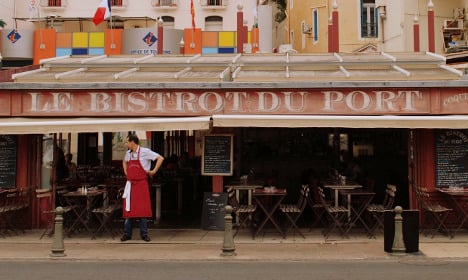

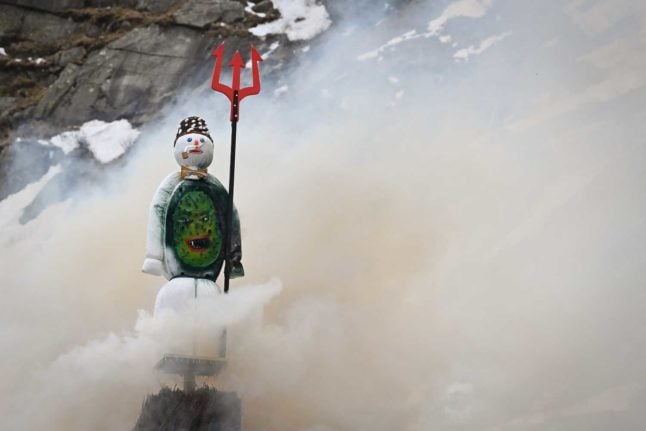
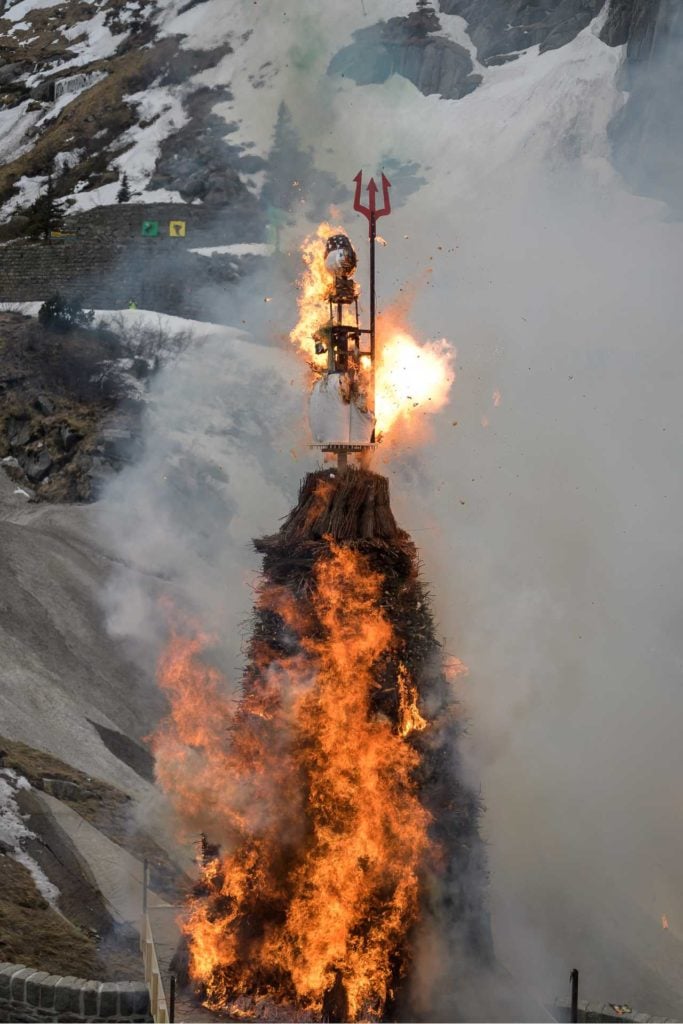
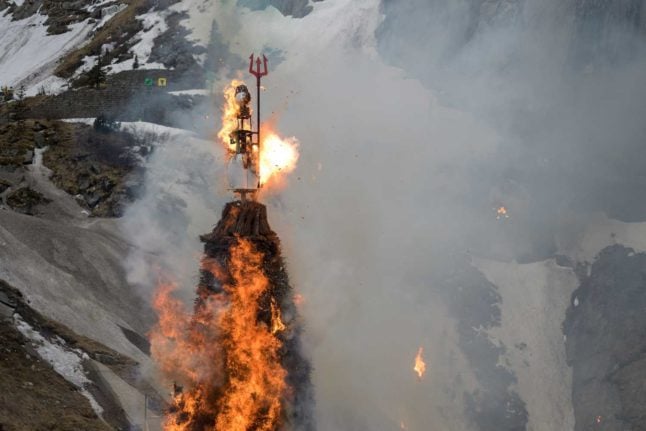
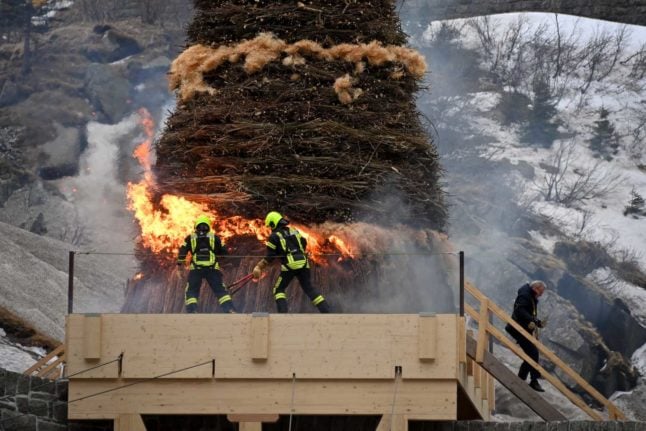
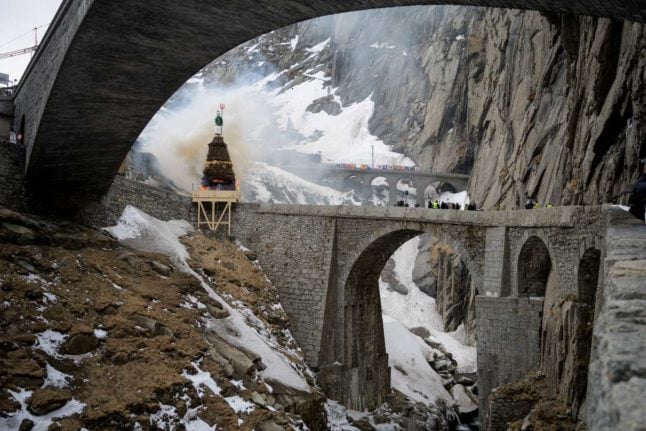
 Please whitelist us to continue reading.
Please whitelist us to continue reading.
Member comments